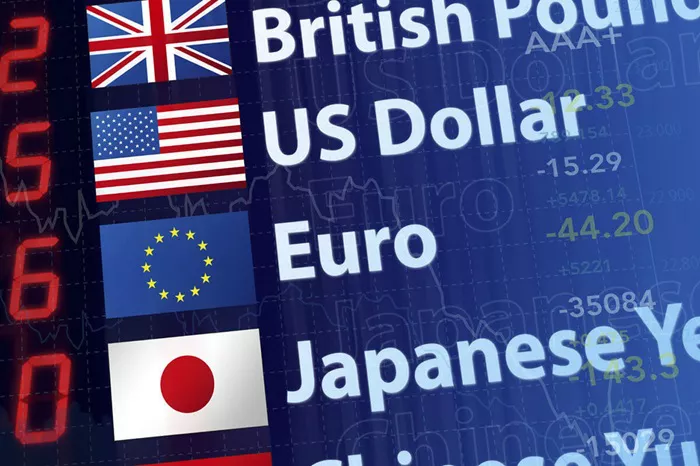China’s central bank, the People’s Bank of China (PBOC), reduced both short-term and long-term interest rates by 10 basis points on Monday, aiming to bolster economic growth. This adjustment followed the release of a policy document by Beijing on Sunday, outlining its economic objectives.
The PBOC’s decision to lower the seven-day reverse repo rate led to a corresponding decrease in the loan prime rates (LPR), causing bond yields to decline across the spectrum.
Expert Reactions:
Ben Bennett, Head of Investment Strategy for Asia at LGIM, Hong Kong:
“The rate cuts were unexpected, particularly given the PBOC’s previous stance of guiding bond yields upward. The timing, right after the third plenum, might indicate a shift towards a pro-growth policy. It remains to be seen if further support will follow from the July politburo.”
Gary Ng, Asia-Pacific Senior Economist at Natixis, Hong Kong:
“Given the weak Q2 GDP data and high real rates in China, the move towards a lower rate environment is warranted. The authorities may have previously focused on foreign exchange rates, but the perceived weakening of the U.S. dollar might have presented an opportunity for action. The rate cut suggests an urgent need to stimulate the economy.”
Tommy Xie, Head of Greater China Research at OCBC, Singapore:
“The reduction in the seven-day reverse repo rate aligns with consensus, though its timing was surprising. The third plenum’s emphasis on economic reform and a five-year target for completing these reforms underscores China’s need for further economic expansion. It remains uncertain whether the LPR cut indicates the start of a new rate cut cycle or is merely a symbolic gesture. Upcoming adjustments in the Reserve Requirement Ratio (RRR) will be pivotal.”
Kiyong Seong, Lead Asia Macro Strategist at Societe Generale, Hong Kong:
“The 10 basis point reduction in the seven-day reverse repo rate, coupled with similar cuts to the one-year and five-year LPRs, might stimulate a rally in the China bond market due to renewed easing expectations. However, the PBOC is likely aiming to avoid excessive rallying by supporting local institutions with smaller collateral for the Medium-term Lending Facility (MLF).”
Ju Wang, Head of Greater China FX & Rates Strategy at BNP Paribas:
“The PBOC’s rate cuts reflect a pro-growth stance consistent with the recent plenum’s message, aimed at achieving the annual GDP target. With expectations of a Federal Reserve rate cut, the PBOC has some leeway. Increased issuance of special local government bonds and potential further relaxation in property policies are expected. While the immediate reaction might negatively impact the CNH, broader policy measures could stabilize the RMB around current levels.”
Lynn Song, Chief China Economist at ING, Hong Kong:
“The timing of the rate cut was unexpected, particularly after the unchanged MLF rate earlier this month. This move likely signals the future role of the seven-day reverse repo rate as the main policy tool. The cut aligns with recent weak economic data and growing pressure for monetary easing. The recent softening of the U.S. dollar might have provided a suitable opportunity for this adjustment. While short-term rate cuts may pressure the yuan’s depreciation, the overall impact will depend on various factors, including currency fixings and capital flows.”
This move highlights the PBOC’s commitment to addressing economic challenges and fostering growth through monetary policy adjustments.


